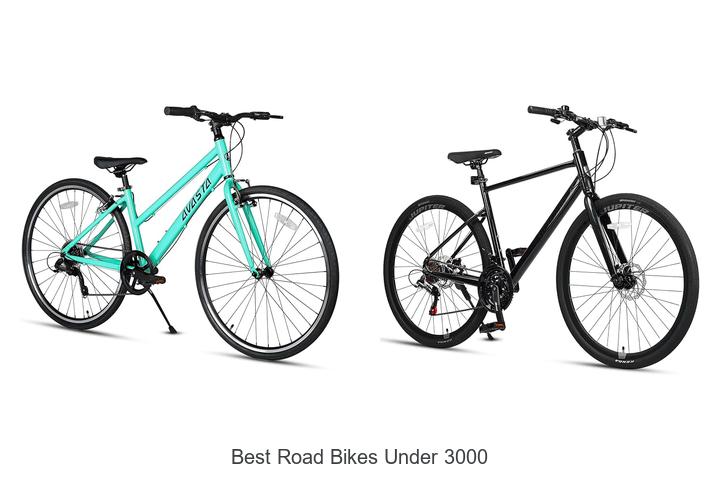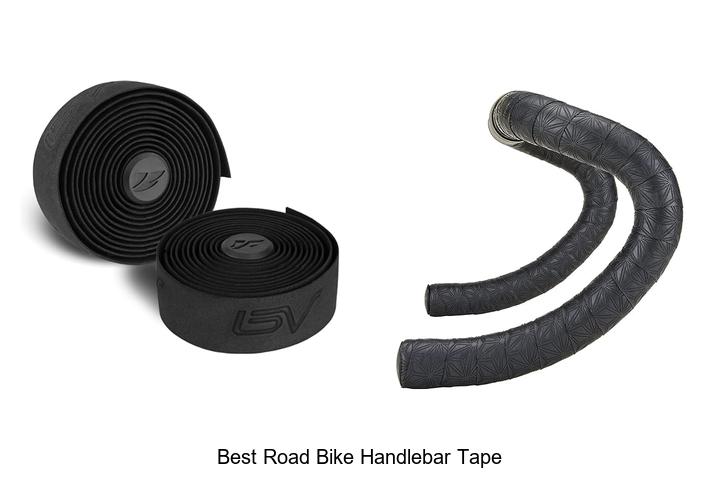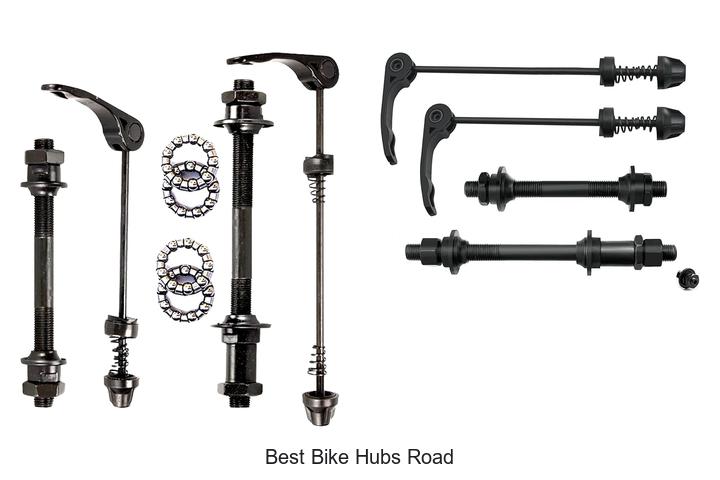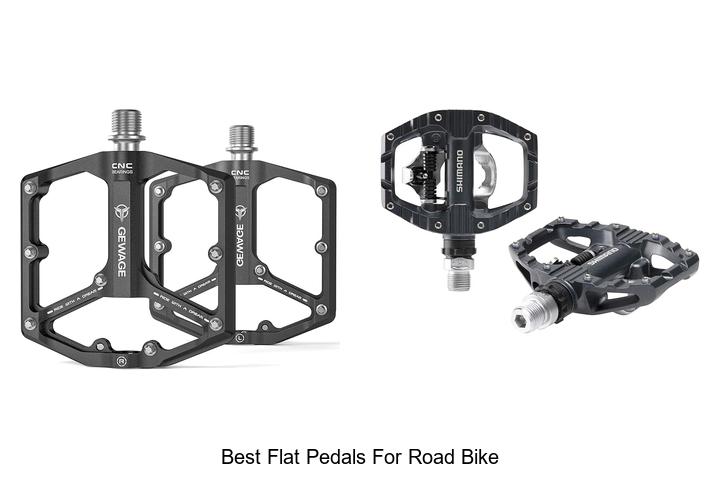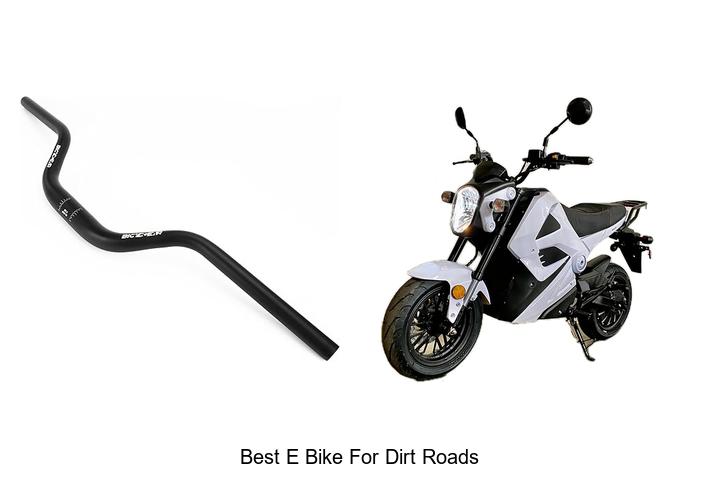How to Ride a Road Bike: A Beginner’s Guide to Cycling Basics
Riding a road bike opens up a world of fitness, adventure, and freedom on two wheels. Whether you’re new to cycling or switching from a different type of bike, mastering the basics will help you ride confidently and safely. With the right techniques and a bit of practice, you’ll be cruising smoothly on paved roads in no time.
Understanding how to handle your road bike, maintain balance, and shift gears effectively can transform your experience. You’ll enjoy longer rides, tackle varied terrain, and improve your overall performance. Let’s dive into the essential steps that will get you rolling with ease and control.
Understanding the Basics of a Road Bike
Learning the essentials of a road bike helps you ride efficiently and comfortably. Knowing its features and ensuring the bike fits your body improves control and performance.
Key Features of a Road Bike
Road bikes have lightweight frames made from aluminum, carbon fiber, or steel. Narrow tires, usually 23-28mm wide, reduce rolling resistance and increase speed on paved surfaces. Drop handlebars enable multiple hand positions for comfort and aerodynamics. A geared drivetrain with 16 to 22 speeds helps manage various terrains and inclines. Caliper or disc brakes provide responsive stopping power. You’ll find clipless pedals compatible with specialized cycling shoes to transfer power effectively.
Choosing the Right Size and Fit
Your road bike size depends on your height and inseam length. Frame sizes range from 48cm to 62cm, measured from the center of the crank to the top of the seat tube. Proper saddle height places your leg at a slight bend when the pedal is at its lowest point. Adjust the handlebar height to prevent strain on your back and neck; it can be level or slightly below the saddle. Reach length should allow a slight bend in your elbows for comfort and control. Getting a professional fitting or consulting sizing charts from manufacturers ensures optimal fit and reduces injury risk.
Essential Gear and Safety Equipment
Equipping yourself with the right gear and safety equipment maximizes your comfort and protection while riding a road bike. Focus on selecting quality items that enhance your riding experience and keep you safe on the road.
Helmet and Protective Gear
Choose a well-fitting helmet certified by safety standards like CPSC or Snell to protect your head during falls or collisions. Adjust the straps so the helmet sits level on your head without rocking. Consider additional protective gear such as gloves, which reduce hand fatigue and protect your skin during falls. Use padded cycling gloves for better grip and comfort. Equip your bike with front and rear lights to improve visibility, and wear reflective elements if you ride early morning or late evening.
Proper Clothing and Accessories
Opt for moisture-wicking jerseys and padded cycling shorts to reduce chafing on long rides. Select fabrics that breathe well to regulate your temperature effectively. Wear sunglasses designed for cycling to shield your eyes from debris and UV rays. Use cycling-specific shoes that clip into pedals to improve pedaling efficiency and power transfer. Layer with windbreakers or rain jackets in variable weather conditions to stay dry and comfortable. Carry a compact multi-tool and spare tube in a saddlebag to handle minor repairs during your rides.
Learning to Ride a Road Bike
Mastering road bike riding begins with getting comfortable on your bike and practicing essential techniques. These foundational skills build confidence and improve control on varying terrains.
Mounting and Getting Comfortable
Start by standing next to your road bike with the brakes engaged. Swing your leg over the saddle smoothly to mount. Position your feet on the pedals with the ball of your foot centered for optimal power transfer. Adjust your saddle height so your leg has a slight bend when the pedal is at its lowest point. Set your handlebars at a reach and height that avoid strain on your back, shoulders, and wrists. Spend time walking your bike to become familiar with its weight and balance before attempting to pedal.
Basic Riding Techniques and Posture
Maintain a relaxed grip on the drop handlebars to enhance steering and shock absorption. Keep your elbows slightly bent, head up, and eyes focused on the road ahead. Position your body low and forward to reduce wind resistance while keeping your back flat and core engaged. Pedal in smooth, circular motions rather than stomping, applying consistent pressure throughout the pedal stroke. Shift gears gradually to match your cadence and terrain, avoiding sudden changes that disrupt momentum. Brake evenly with both front and rear brakes to maintain stability, especially on descents.
Mastering Bike Handling Skills
Mastering bike handling skills enhances your control and safety on the road. Focus on steering, balancing, shifting gears, and braking to ride with confidence and efficiency.
Steering and Balancing
Steer the bike with a relaxed grip on the handlebars to maintain precise control. Balance by keeping your upper body steady and your weight centered over the bike. Shift your weight slightly forward when climbing and backward when descending to maintain stability. Practice slow-speed maneuvers, such as tight turns and figure-eights, to improve your bike’s responsiveness. Use your core muscles for balance rather than relying solely on the handlebars.
Shifting Gears Smoothly
Shift gears before you reach challenging terrain to maintain a consistent cadence and avoid strain. Use the left shifter for the front derailleur (chainrings) and the right shifter for the rear derailleur (cassette). Anticipate gear changes by easing pedal pressure slightly during shifts to prevent chain slippage and prolong drivetrain life. Practice shifting on flat terrain until you can change gears smoothly without disrupting your rhythm.
Braking Techniques
Apply the front and rear brakes progressively to control your speed without skidding. Use the front brake for most stopping power, but balance it with the rear brake to maintain traction. Anticipate stops well in advance, gradually reducing your speed rather than braking abruptly. When descending or cornering, brake gently before entering the turn and release pressure while turning to maintain stability. Regularly check brake pads and cables for wear to ensure reliable braking performance.
Tips for Riding on Different Terrains
Adapting your road bike skills to various surfaces and conditions improves control, safety, and enjoyment. Focus on specific techniques for pavements, hills, and traffic.
Riding on Smooth Pavements
Maintain a steady cadence between 80 to 100 revolutions per minute for efficient pedaling. Keep your grip relaxed and your body aligned to reduce fatigue. Use higher gears to maximize speed without excessive effort. Stay alert for surface changes like gravel patches or oil slicks. Position your hands on the brake hoods to balance comfort and quick access to controls.
Handling Hills and Inclines
Shift to lower gears before reaching a climb to maintain a consistent pedal stroke. Position your body slightly forward over the handlebars to keep traction on the rear wheel. Use a seated position for gradual inclines and stand on the pedals for steeper slopes to engage more muscle groups. Control your breathing and cadence to conserve energy on long or challenging ascents.
Navigating Traffic Safely
Ride predictably by signaling turns clearly using hand signals well in advance. Keep a safe distance from vehicles and avoid riding in blind spots. Use bike lanes or the rightmost road position when available. Stay visible by wearing bright clothing and using front and rear lights, especially during dawn, dusk, or night rides. Scan intersections carefully and prepare to stop or yield when necessary.
Maintaining Your Road Bike
Maintaining your road bike ensures safety, enhances performance, and extends its lifespan. Regular upkeep prevents breakdowns and keeps your rides smooth and efficient.
Routine Maintenance Tips
Clean your bike after every few rides using a soft brush and mild soap to remove dirt and grime. Lubricate the chain weekly or every 100 miles, whichever comes first, with a bike-specific lubricant to reduce friction and wear. Inspect tire pressure before each ride, keeping it between 80-130 psi depending on tire specifications. Check brake pads monthly for wear, ensuring they contact the rim evenly. Tighten bolts, especially on the handlebars, seat post, and wheels, to maintain frame integrity.
Troubleshooting Common Issues
Address chain skipping by cleaning and lubricating the chain or adjusting derailleur alignment if shifting feels rough. Resolve brake squeal by cleaning rims and pads or replacing worn brake pads. Fix flat tires by patching punctures or replacing damaged inner tubes; carry a repair kit on rides. Tackle gear slipping by inspecting cable tension and replacing frayed cables as needed. If your bike veers or feels unstable, evaluate wheel trueness and balance, adjusting spoke tension or seeking professional truing.
Conclusion
Riding a road bike opens up a world of fitness and adventure that’s both rewarding and fun. As you continue practicing and refining your skills, you’ll find yourself more confident and comfortable on every ride. Remember that consistent maintenance and the right gear are key to keeping your bike performing at its best.
With patience and dedication, you’ll enjoy smoother rides, better control, and safer experiences on the road. Keep challenging yourself, stay aware of your surroundings, and embrace the freedom that comes with mastering your road bike. Your cycling journey is just getting started.
Frequently Asked Questions
What are the main benefits of riding a road bike?
Riding a road bike improves fitness, offers a sense of adventure, and provides freedom. It enhances cardiovascular health, strengthens muscles, and helps reduce stress while allowing riders to explore new places and enjoy longer rides.
What basic skills should new road bikers learn first?
New riders should focus on handling the bike, maintaining balance, shifting gears smoothly, and braking effectively. Mastering these skills improves safety and control, making rides more enjoyable and efficient.
How do I choose the right size road bike?
Select a bike frame size based on your height and inseam length. Proper fit includes adjusting the saddle height and handlebar position to prevent strain and improve riding comfort and performance.
What safety gear is essential for road biking?
A well-fitting, certified helmet is crucial. Additional gear includes gloves, bright clothing, lights for visibility, and padded shorts to enhance comfort on long rides.
How can I maintain comfort during long rides?
Wear moisture-wicking jerseys and padded shorts, use cycling-specific shoes, and adjust your bike’s saddle and handlebars properly. Staying hydrated and taking breaks also improve comfort.
How do I mount and adjust my road bike properly?
Mount by standing beside your bike, swinging your leg over the saddle, and sitting down. Adjust saddle height to allow a slight bend in the knee and set handlebars for a relaxed riding posture.
What techniques help with effective road bike handling?
Maintain a relaxed grip on the handlebars, keep your weight balanced, shift gears gradually, and apply brakes progressively. These techniques ensure better control and safety during rides.
How should I ride on hills to make climbing easier?
Shift to lower gears before climbing, keep your cadence steady, and adjust your body position by leaning forward slightly for better traction and power efficiency.
What are the best practices for riding safely in traffic?
Ride predictably, use clear hand signals, maintain good visibility with bright clothing and lights, and stay alert to surrounding vehicles to ensure safety in traffic.
How often should I maintain my road bike?
Perform routine maintenance after every few rides, including cleaning the bike, lubricating the chain, checking tire pressure, and inspecting brake pads to keep your bike safe and performing well.
What should I do if I experience gear slipping or chain skipping?
Check for proper gear alignment, clean and lubricate the chain, and adjust the derailleur if necessary. Regular maintenance can prevent these common issues.
How can I prevent flat tires during rides?
Keep tire pressure at recommended levels, inspect tires for damage regularly, and avoid sharp objects on the road. Carry a repair kit to handle flats promptly.
